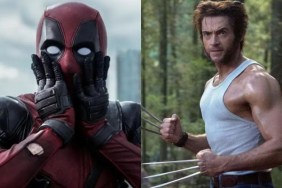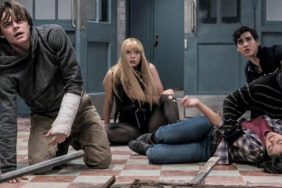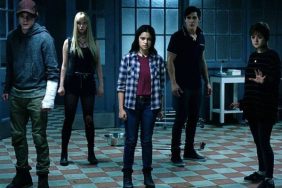With every decision there are repercussions, both good and bad, and while the decision to make large, interconnected franchises out of our most popular superheroes is satisfying from the perspective of serialization it has also robbed those films of any sense of finality. We cheer because the Avengers or the X-Men or the Suicide Squad have won the battle, but there are eight more movies on the horizon, so we know that they’ll never win the war.
Kudos, then, to everybody who gave the okay to Logan, a film that could easily be the end of the X-Men franchise if that’s what 20th Century Fox wanted (even though apparently it’s not). The film takes place in the year 2029, where mutants are almost extinct, and even the seemingly immortal Wolverine – played by a grizzled and craggy Hugh Jackman – appears to be dying. It’s the end of the road for these characters, and that gives every little thing they do more dramatic weight than everything that happened in X-Men: Apocalypse.
Logan is a film of little things. Whatever grandeur the franchise used to have has been washed away, and now even the legendary Wolverine has taken a job as a limousine driver. He argues with Caliban (Stephen Merchant) over the cost of prescription drugs, which they need to keep nonagenarian Charles Xavier’s (Sir Patrick Stewart) deteriorating mind from having psychic seizures that incapacitate everyone around him. Logan hasn’t given up on life because it’s been hard on him, even though it most certainly has. He’s not waiting for something new to live for. He’s just old. He doesn’t dream of redemption, he dreams of retiring with his oldest and only friend on a boat.
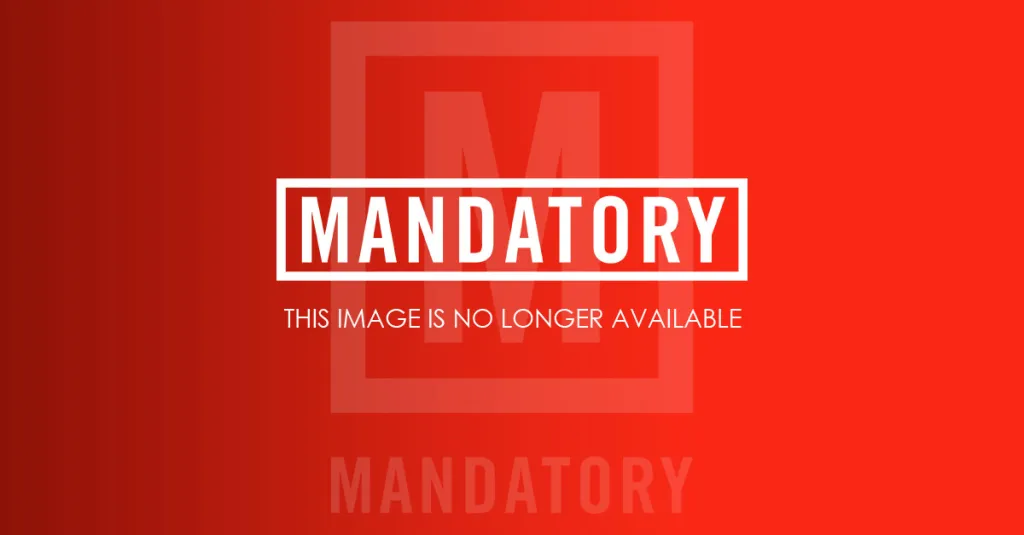
20th Century Fox
Also: The ‘Deadpool’ Writers Do The B-Movies Podcast!
That sense of uncomfortable reality is pervasive throughout Logan, even after the plot kicks in and he finds himself protecting one last mutant child, Laura (Dafne Keen), from a gang of privatized cyborg bounty hunters. He still has to give the old man his meds. The car sometimes won’t start. The action sequences are a cross between Hell or High Water and Baby Cart, efficiently savage and full of severed limbs, and aside from one man fighting many, they’re about as grounded as this genre gets. No enormous set pieces here. Just vicious brawls.
James Mangold previously directed The Wolverine, an enjoyable film that pit Logan against the Yakuza, which combined the elements of crime movies and over the top superhero yarns with sloppy results. He’s found the right balance here. Logan is a contemporary western first and a superhero movie second or third, focusing so much on the severe drama that you sometimes forget that the bad guys have robot hands or that one of the heroes can kill people with his mind.

20th Century Fox
Also: Eight Iconic Superhero Fights You Will Never See in a Movie
And because Logan is allowed to end – and if it wants to, REALLY end – all bets are off. Anything actually can happen because the filmmakers aren’t saving anything for ride home. The helicopter is Bingo fuel and we’re still moving forward, because there’s nothing to go back to. They’ll get Laura where she needs to go if it kills them, and since Logan really does feel like the last Wolverine story, and because it’s not afraid to be violent and depressing, we believe it very well could.
I’d hesitate to call Logan the best superhero movie ever, since it represents only a small fraction of what the genre can do, but there’s an argument to be made and I wouldn’t go out of my way to fight it. The film reflects the bellicose and world-weary psychology of the warriors whose battles inspire us, long after their prime, and it forces us to think about just how human our heroes are. It looks like a small production but really, it feels like the biggest X-Men movie. It has more to say than any other installment. It leads to meaningful conclusions. It is brutal and bold and it shouldn’t be missed.
11 Action Movie Sequels That Overshadowed The Original:
Top Photo: 20th Century Fox
William Bibbiani (everyone calls him ‘Bibbs’) is Crave’s film content editor and critic. You can hear him every week on The B-Movies Podcast and Canceled Too Soon, and watch him on the weekly YouTube series What the Flick. Follow his rantings on Twitter at @WilliamBibbiani.
Action Movie Sequels That Overshadowed The Original
-
Captain America: The Winter Soldier
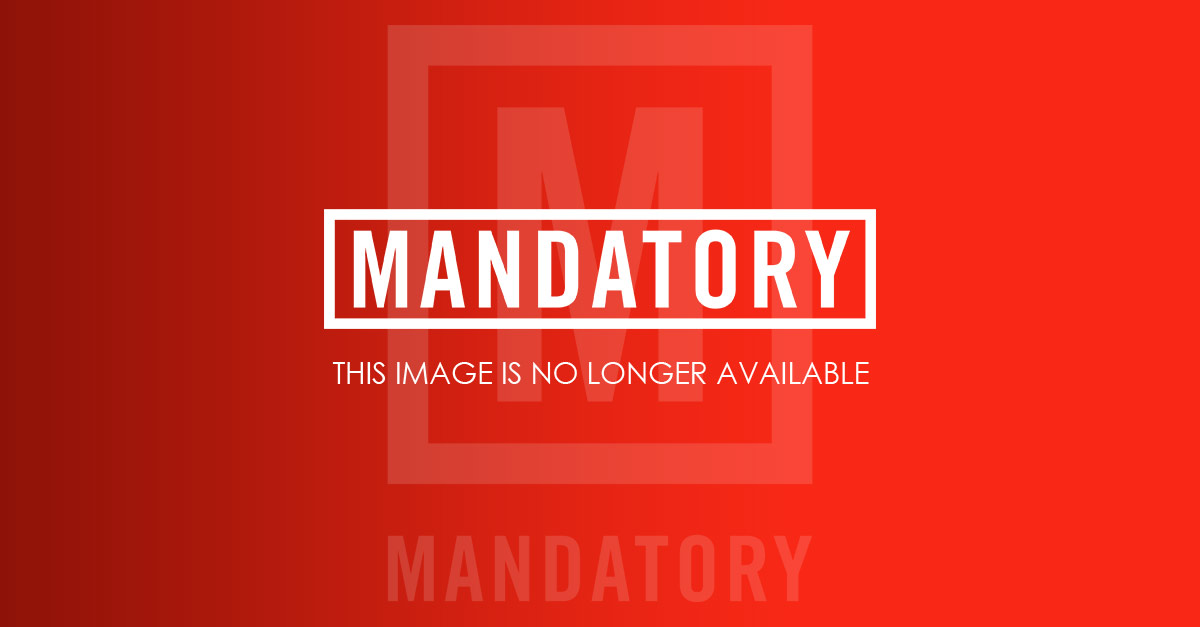
The first Captain America was took place entirely in World War II and evoked a classic adventure serial feel. The follow-up dropped Cap into the present day and upped all the stakes, as a sinister conspiracy damn near destroys America and our hero's best friend returns to kill him. Ambitious, action-packed, and game-changing for the Marvel Cinematic Universe.
Photo: Marvel Studios
-
The Dark Knight

Batman got his dignity back in Batman Begins, but with the origin story out of the way, Christopher Nolan was able to direct an intense follow-up that challenged our hero's ideals and gave him the scariest version of The Joker ever, played by the late, great, Oscar-winning Heath Ledger.
Photo: Warner Bros.
-
Fast Five

It took five films for the Fast and Furious movies to finally get the mix right, ditching the street racing drama for an ensemble heist flick packed with crazy stunts and family values. Future films in this series may have made more money, but they all followed the template that Fast Five set for the series.
Photo: Universal Pictures
-
G.I. Joe: Retaliation

The first live-action G.I. Joe movie made money but pissed fans off with its jokey tone and changes to the storyline. Jon M. Chu's follow-up still had problems, but it righted a lot of wrongs by killing off extraneous characters, fixing Cobra Commander and recreating a classic mountaintop ninja fight from the comics.
Photo: Paramount Pictures
-
Mission: Impossible - Ghost Protocol

Every Mission: Impossible movie so far has had a different filmmaker, so it makes sense that none of these movies felt like they were of a piece. But Mission: Impossible - Ghost Protocol seemed to unlock the right formula, and the superior fifth film Rogue Nation followed suit. Brad Bird's entry emphasized a whole team of bickering agents, increasingly impossible situations and fantastic, gorgeously photographed stunts.
Photo: Paramount
-
The Road Warrior

The first Mad Max introduced us to a cop trying to stave off apocalyptic anarchy. In The Road Warrior the world has finally, officially ended and violent punks are fighting for the last of the gasoline, and our hero has abandoned his soul for pragmatism. Groundbreaking action scenes and a distinctive vision of the future codified the post-apocalyptic genre for decades to come. (And yes, Mad Max: Fury Road is even better, but time will tell how influential it is.)
Photo: Warner Bros.
-
Spider-Man 2

Sam Raimi's original Spider-Man was the blockbuster superhero movie that defined the whole genre, but the second film upped the ante with a villain who actually looked cool (heck, Doctor Octopus looks fantastic), a more thoughtful storyline about the price of responsibility and a wicked sense of humor that treats our hero as a punching bag. Practically everyone still agrees that Spider-Man 2 is the best Spidey film yet.
Photo: Columbia Pictures
-
Superman II

The first Superman made audiences believe that a man can fly, but it failed to take advantage of the action-packed possibilities. Superman II introduced a whole team of Kryptonian villains, led by Terence Stamp as the deliciously egomaniacal General Zod. Sure, Superman only fights them at the end (and he murders them all in cold blood as soon as they're powerless), but it's still the movie that everyone points to as the Superman flick that came closest to capturing the feel of the comics.
Photo: Warner Bros.
-
Terminator 2: Judgment Day

James Cameron's original The Terminator was more of a sci-fi/horror movie than a proper action film, but in the sequel he turned it all around, empowering the heroes and teaming them up with Arnold Schwarzenegger's flesh-covered robot to fight an unstoppable liquid metal badass. Innovative visual effects, exceptional characters and some of the coolest action sequences ever filmed.
Photo: TriStar Pictures
-
The Wolverine

X-Men Origins: Wolverine was such a colossal misfire that the marketing for Deadpool had to actually apologize for it. But even before that, The Wolverine was eager to get the character back on track with a film that removed his invulnerability (for a while anyway), and evoked the classic samurai stories from the comics. The Wolverine is the closest we've ever seen to an accurate depiction of the beloved comic book character.
Photo: 20th Century Fox
-
X-Men: Days of Future Past

The X-Men movies helped make superhero films a popular genre, but the formula hadn't been figured out yet and most of the sequels floundered in confusing mythology and missed opportunities. Days of Future Past finally told one of the best stories from the comics, got it kinda right, and reset the whole continuity to set the stage for better sequels to come. Unforgettable action and clever reworkings of history made this even more popular than First Class, which was the first step in the right direction for this series since X2.
Photo: 20th Century Fox






